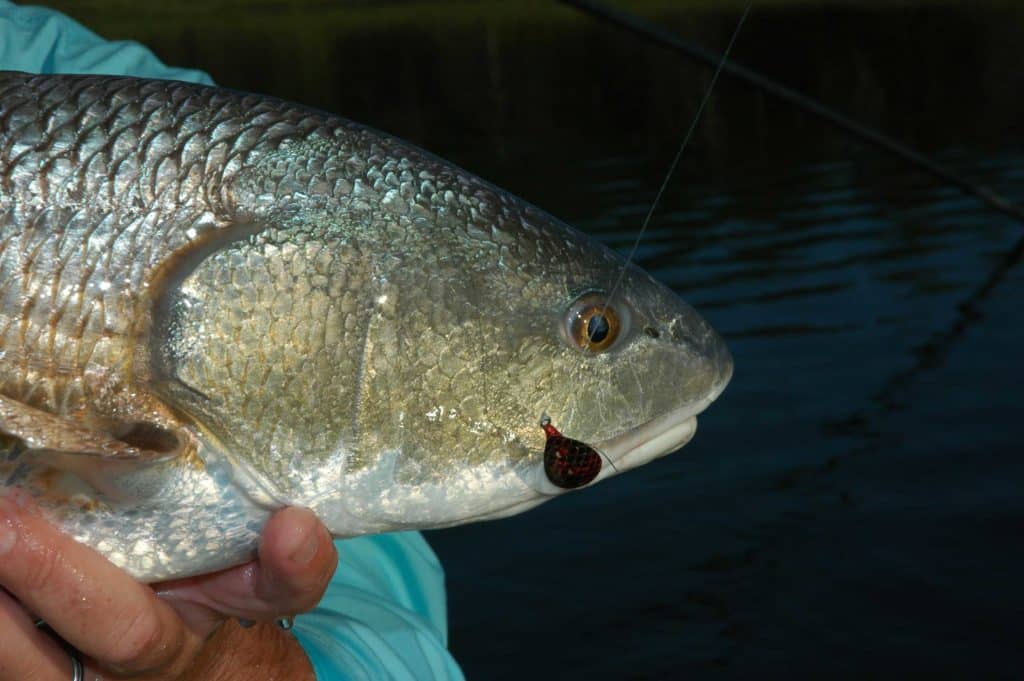
I was once avid spoon-feeder, for tailing redfish on Florida Bay. When I was not fly casting, the go-to lure there was the Johnson Silver Minnow, though in gold rather than silver. We picked either the 1/4- or 1/8-ounce, with the smaller size often proving best for the shallowest grubbing reds. It was deadly. The fish would crush it even when it charged right at their faces. So it made sense to imitate such a productive lure with flies.
My first attempt to emulate a gold, weedless spoon was a Bendback I tied with a gold chenille-wrapped shank and a wing made of gold Flashabou, one of the only flash materials at our disposal in the late 70s and early 80s. It worked pretty well, slithering through the grass as a Bendback should, but it lacked that titillating wobble of the spoon.
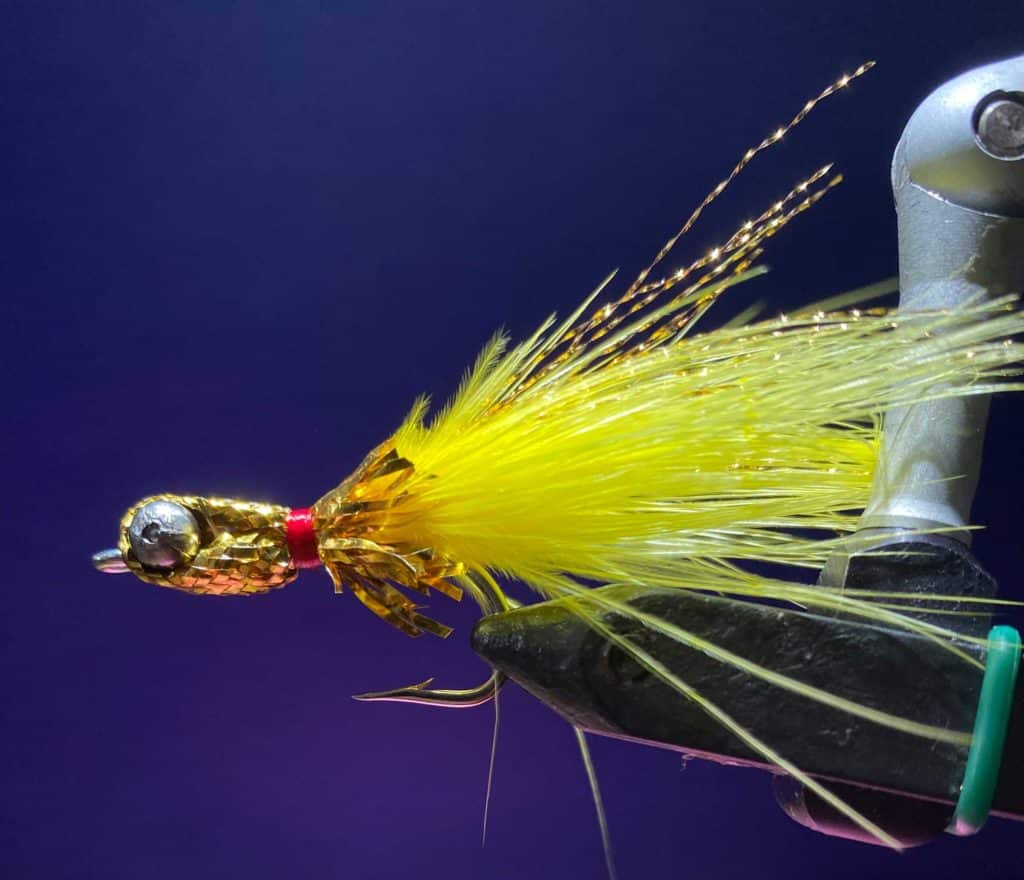
Salty Beady Eye
A good-looking a pattern I found at a long-gone Ft. Lauderdale fly shop, the Salty Beady Eye, also lacked the spoon’s action. It was fashioned with a gold Mylar tube as a frame that extended from the top of the hook bend over silver bead-chain eyes, then back under the shank and re-attached at the bottom of the bend. The tail was a half-dozen yellow hackle tips and gold Flashabou. It was definitely spoon-like in appearance, but it snagged the grassy bottom.
I once filled that open frame of the fly with epoxy that had gold glitter. So it looked even more “spoony.” It worked best in the deeper sandy potholes that pepper the flats. Some days, it was deadly on reds, trout, snook, and even mangrove snapper ate it.
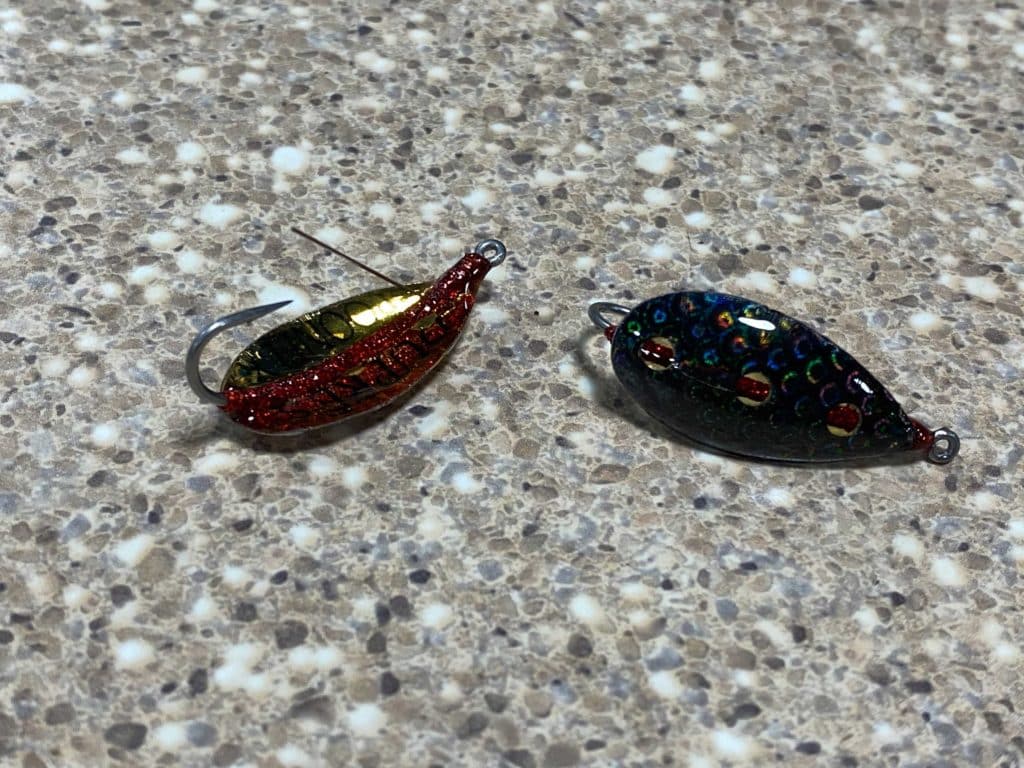
Dupre Spoon Fly
And I am convinced the wobble of the spoons, and perhaps the sound of them contacting the grass, is what make redfish zero in and strike without hesitation, even in the muddiest water. So, years later, on my first trip to the Louisiana marsh, my fly box was stuffed with legitimate spoon flies of all colors, though mainly gold and chartreuse. The venerable Dupre Spoon fly was one of them, and it performed very well, although some of my utilitarian guide’s ties, which had no added weight or were tapered wider toward the hook-eye, tended to plane toward the surface unless I stripped very slowly.
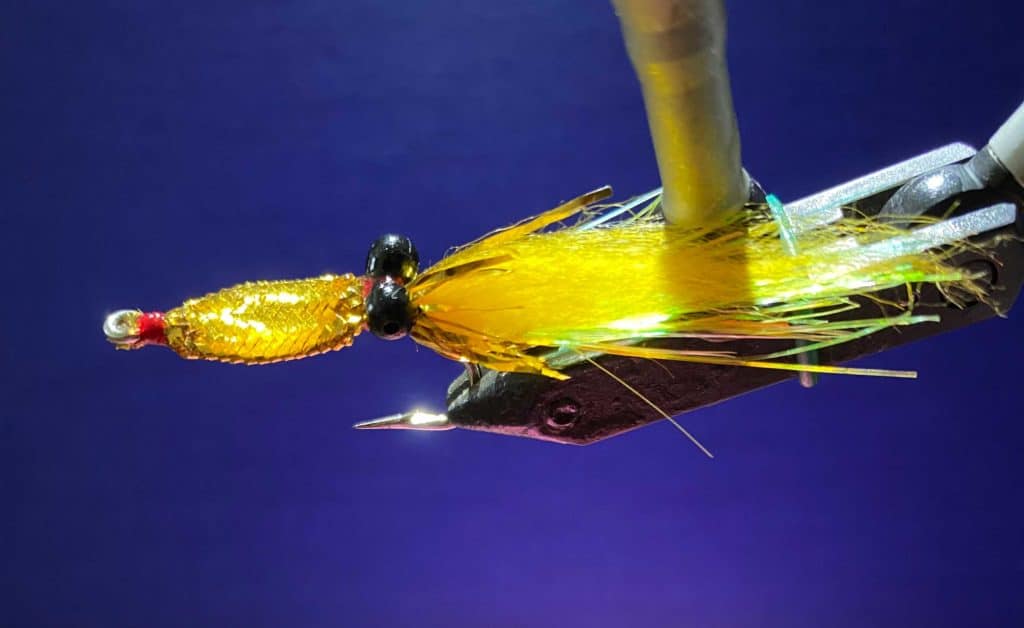
Cave’s Wobbler
The aforementioned shortcoming was foremost on Florida fly fisher and casting instructor Jon Cave’s mind when he experimented, in the mid 1980s, with his spoon fly pattern, called the Wobbler.
“I originally tied a bend back I called Fool’s Gold but it sure didn’t have a spoon’s action, “said Cave. “I did one of my “midnight tying” sessions and came up with my first Wobblers using gold sheet Mylar. But I could not strip the fly as fast as I wanted because it surfaced right away.”
Cave remedied this by adding a pair of large bead-chain eyes at the bend of the No. 1 hook he prefers, and using Mylar tubing (large size), which he fills with 5-minute epoxy, and squeezing the tube flat to shape the spoon before finishing it with a coat of epoxy for extra durability. For a tail, he prefers a 1- to 1.5-inch tail of yellow bucktail or saddle hackle tips. “The tail can’t be so large that it deadens the wobble of the fly,” Cave said.
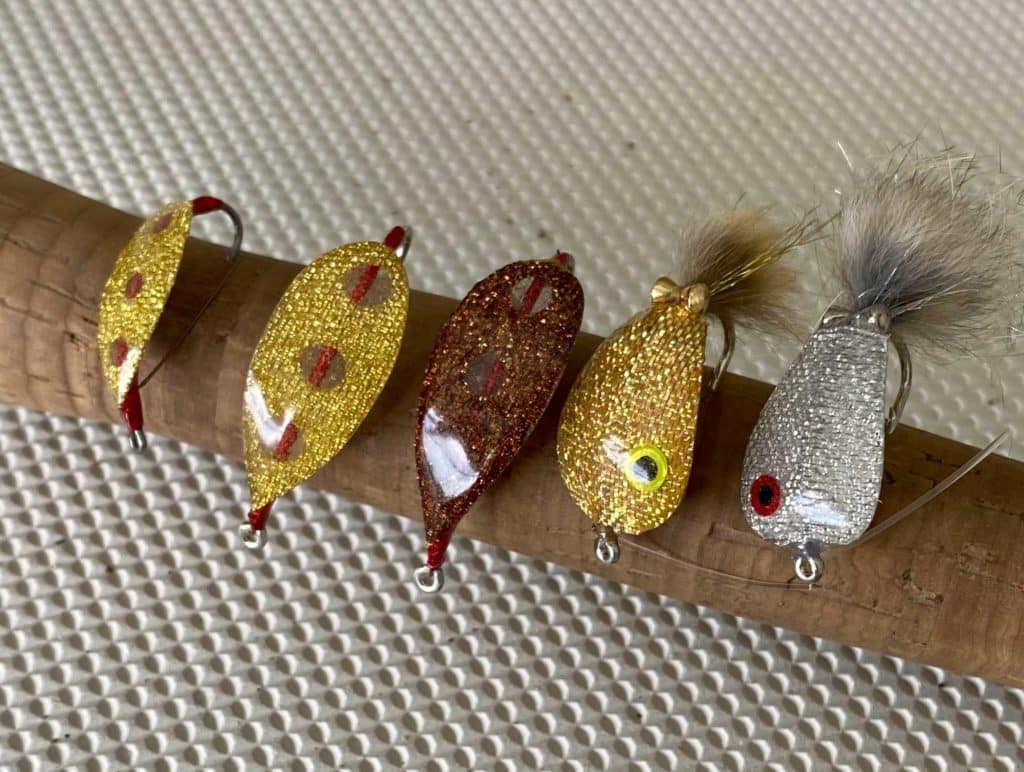
Casting Spoon Flies
The first thing you notice when casting spoon flies is the aerodynamics, or lack thereof, particularly on windy days. I always switch to a heavier rod than I would use to fish lighter streamers. In Louisiana I fished an 8-weight for the most part, but a 9 helped a lot when I had to punch a spoon fly into a breeze.
Some spoon flies flutter past your head with a perceptible buzz or fluttering sound. I think many of them rotate as they fly by, though I can’t claim that I had much trouble with the line or leader twisting, in the air or in the water. However, just like the regular spoons you cast on spinning tackle, they do catch a crosswind, forcing you to adjust a bit for accuracy.
Getting a spoon fly to turnover can be a bit tough if you insist on using long leaders or light tippets. When fishing in discolored or muddy water, you can get away with leaders as short as 6 feet, and 15- to 20-pound tippets. That will punch the fly over, even at a distance.
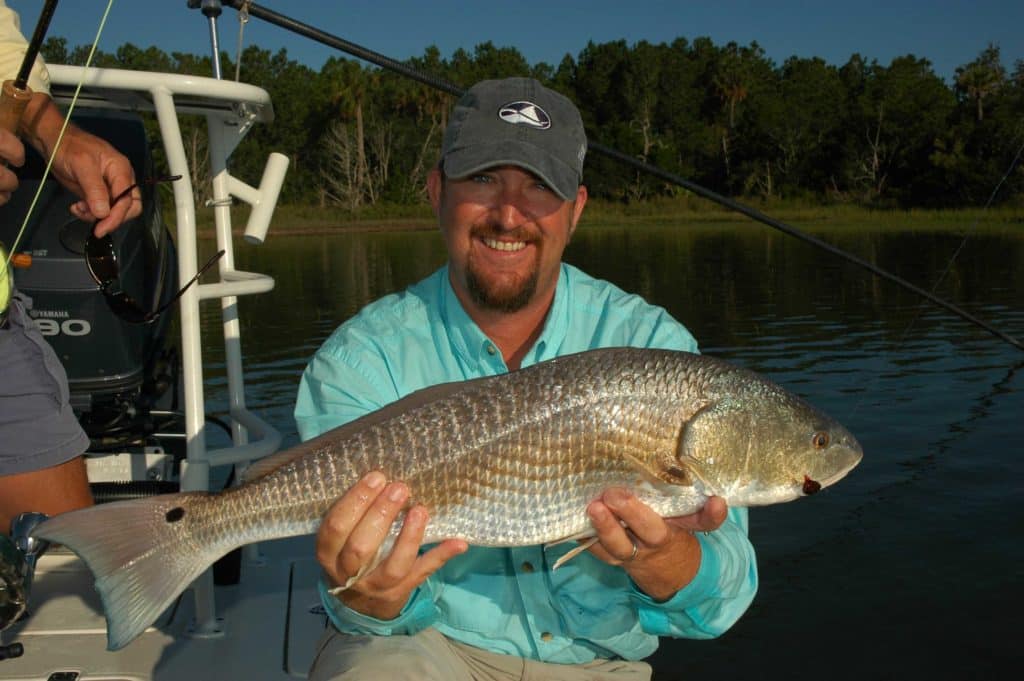
The Right Presentation
Spoon flies are mainly a pattern for redfish pattern in heavy grass or oyster-and-mud flats. They’re also good blind-fishing search flies, but they really shine when sight-fishing in murky waters like those often found in Louisiana’s marshes, and on the Spartina flats of South Carolina, Georgia and Northeast Florida. In those places, the drill is to stick the fly right on the nose of the reds, which is often buried in grass or mud, so the fish rarely spook. You have to get their attention with it, so multiple casts are frequently required. I love casting to tailing fish, drag the fly through the grass, and watch the tail submerge again as the red searches for the fly, which I’m convinced sends out sound waves as it wobbles and scrapes against the underwater foliage.
Reds rarely refuse this fly in that scenario, and strikes can be explosive. If the fly lands while a redfish is tailing, it pays to wait until it stops and the fish is more parallel to the bottom, and its field of vision is greater. Then, stripping just enough for the fly to wobble a bit is usually all it takes to be rewarded with a take.









